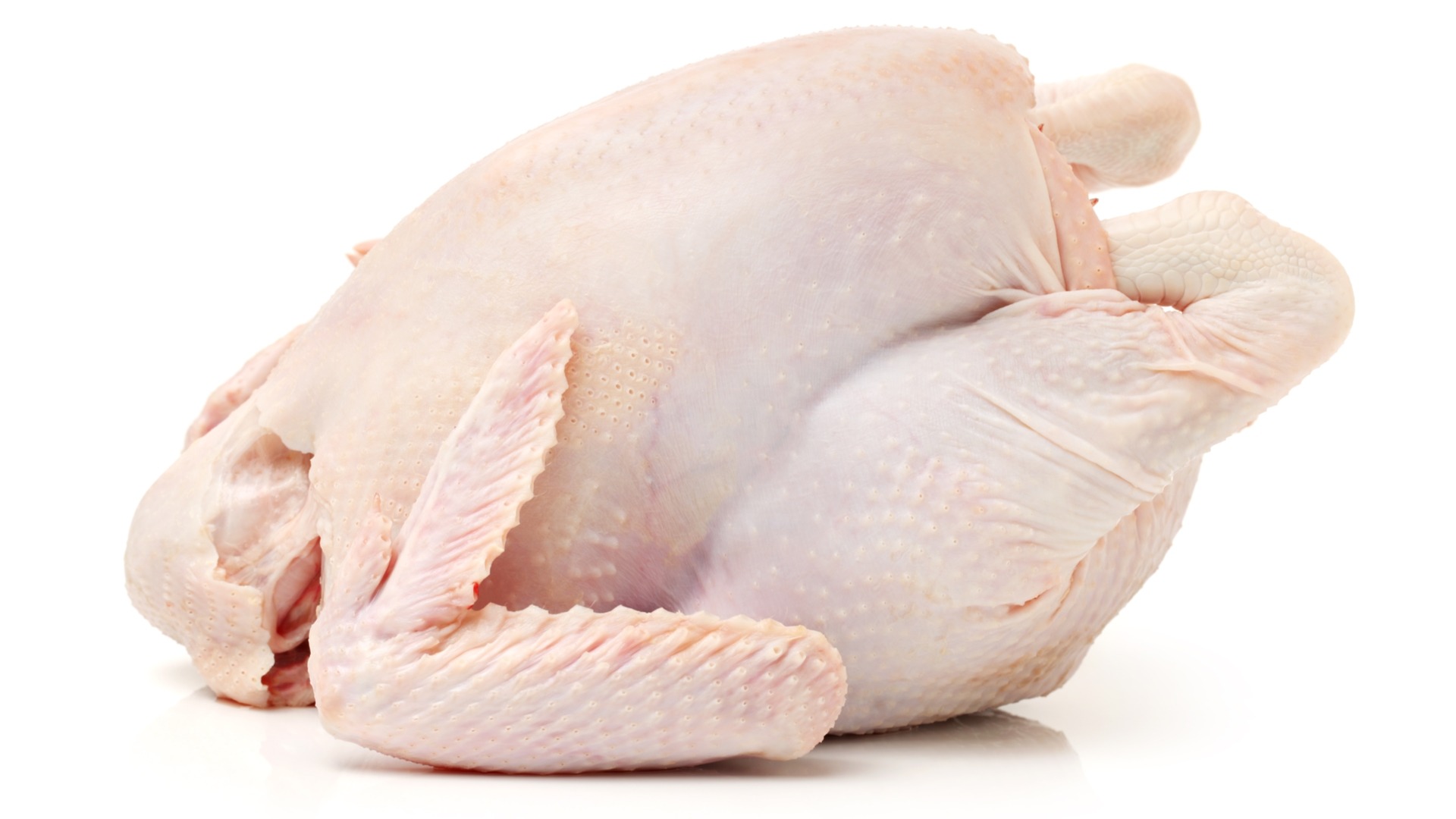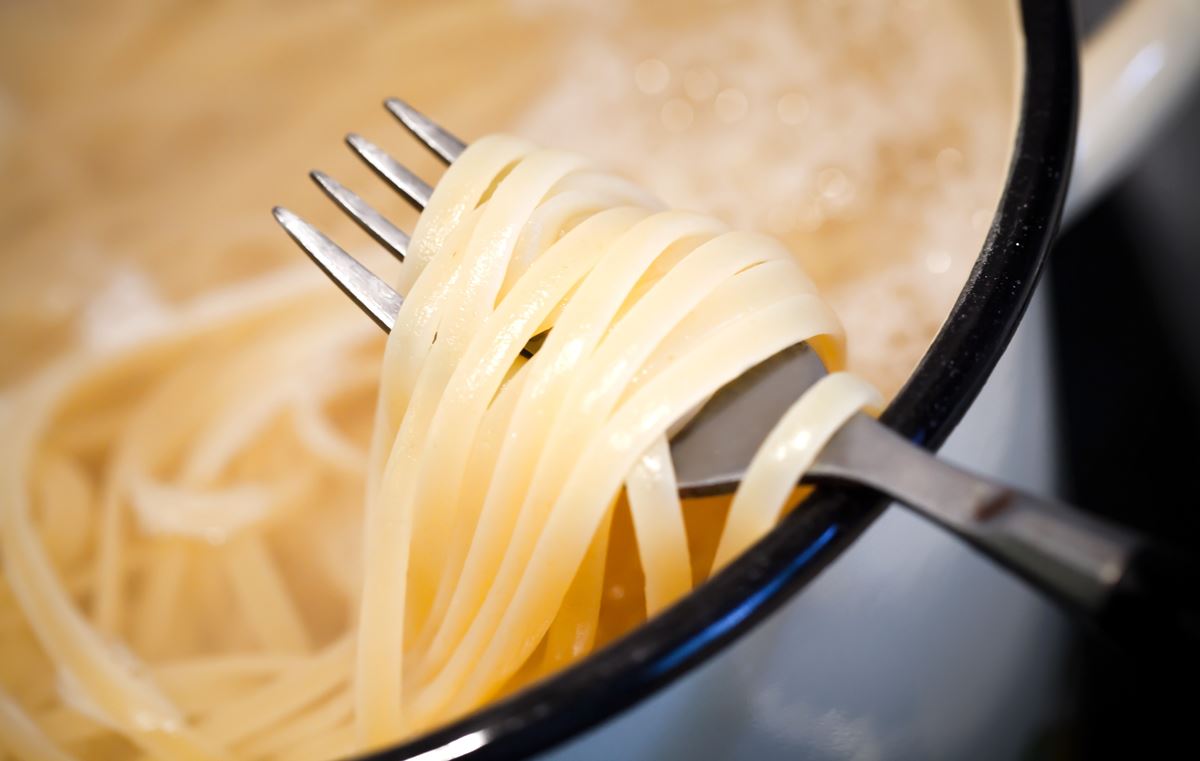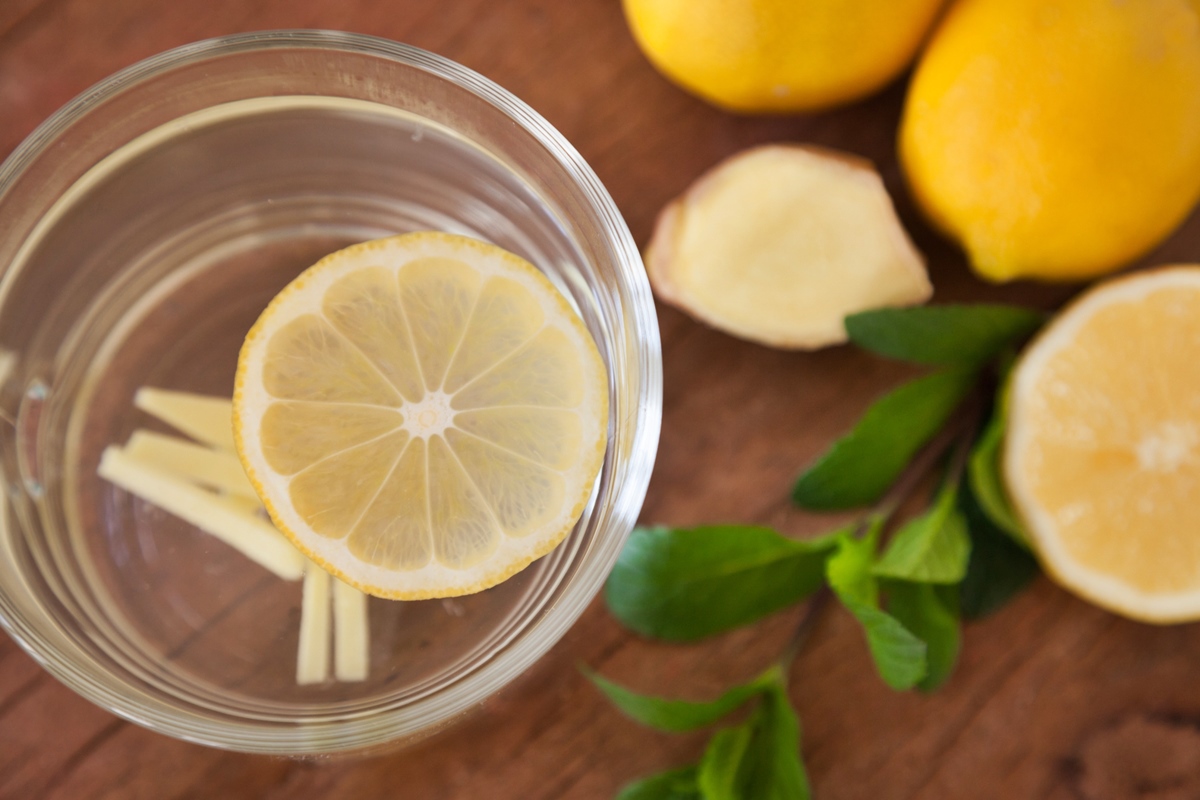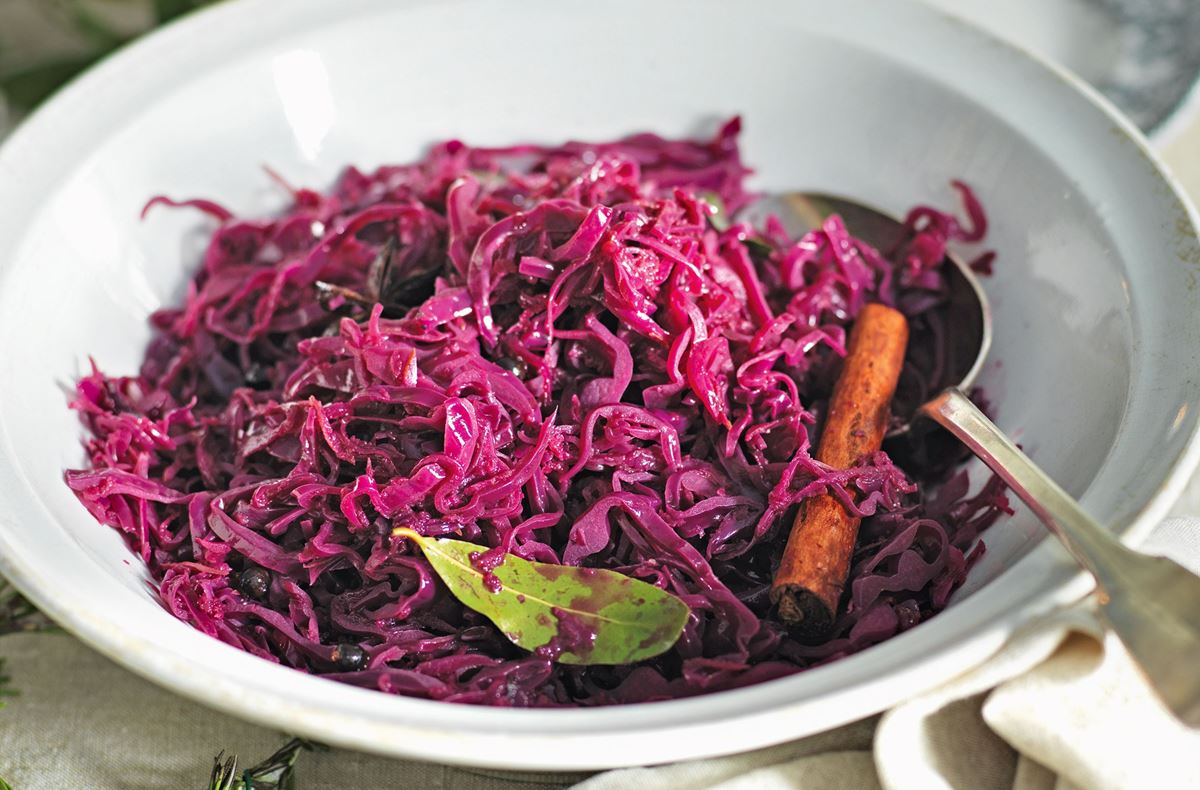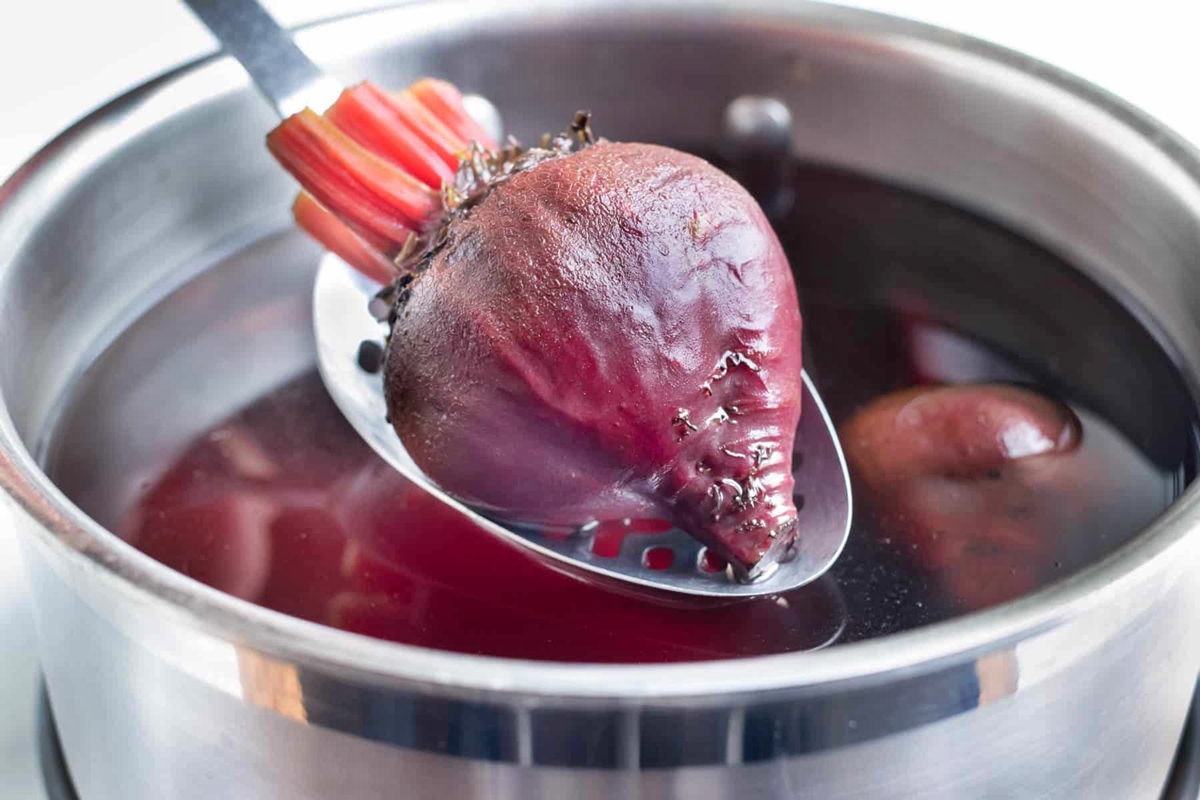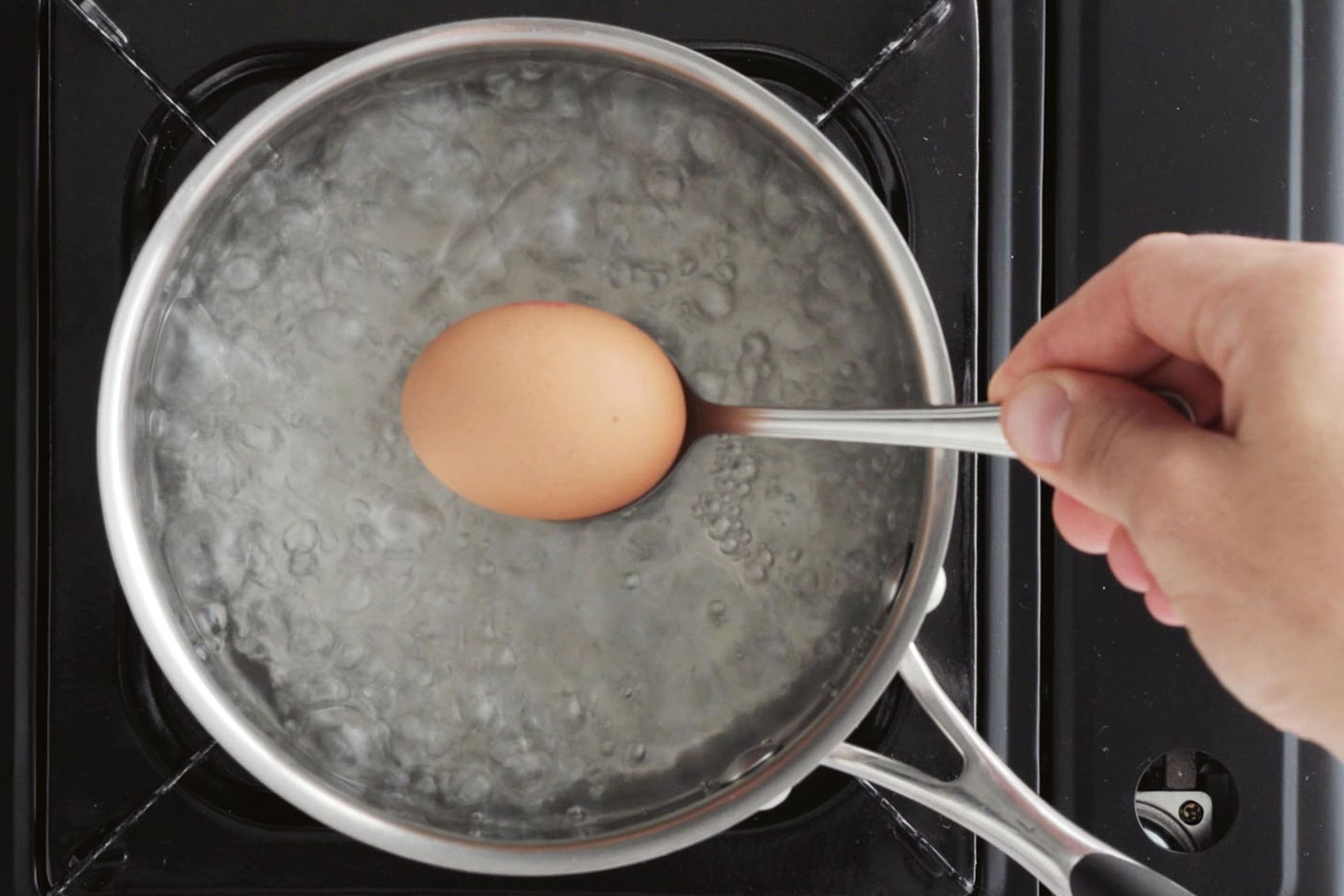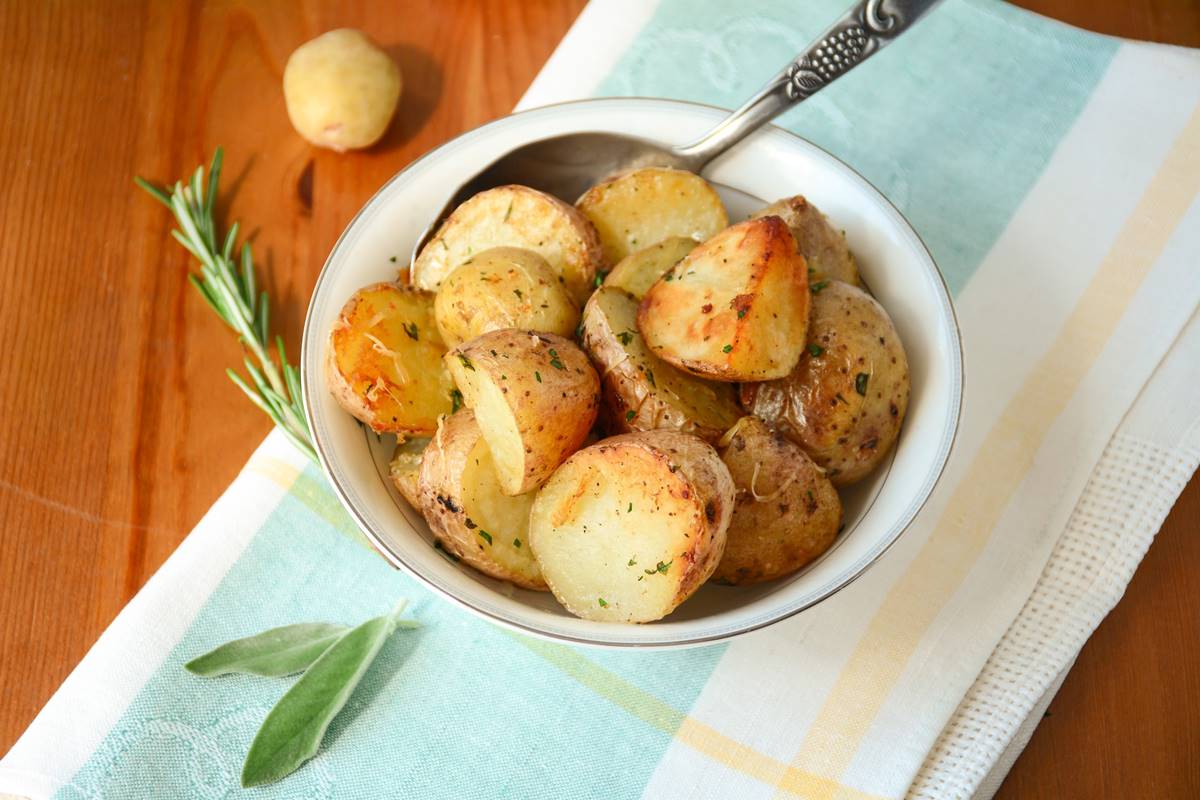How To Boil Corn On The Cob With Sugar
Corn on the cob is a delicious and versatile side dish that can be enjoyed in various ways. One popular method is boiling it to achieve a tender and flavorful result. In this blog post, we will share with you a simple yet scrumptious recipe on how to boil corn on the cob with sugar. Get ready to elevate your corn game to a whole new level!
Ingredients:
- Fresh corn on the cob
- Water
- Granulated sugar
- Salt
Instructions:
- Start by shucking the corn and removing the outer husks and silks. Rinse the corn under cold water to ensure it is clean.
- Fill a large pot with water and bring it to a rolling boil. Add a pinch of salt to enhance the flavor of the corn.
- While waiting for the water to boil, prepare a separate bowl with cold water and sugar. The sugar will help enhance the natural sweetness of the corn.
- Once the water is boiling, carefully place the corn cobs into the pot. Make sure the water covers the corn completely.
- Let the corn boil for about 5-7 minutes, or until the kernels are tender. Avoid overcooking as it can result in mushy corn.
- After boiling, carefully remove the corn from the pot using tongs or a slotted spoon. Transfer the corn immediately into the bowl with the cold water and sugar mixture. This step will help lock in the sweetness and prevent the corn from becoming dry.
- Let the corn soak in the sugar water for a couple of minutes. This will further enhance the natural flavors and add a hint of sweetness to each bite.
- Once the corn has soaked, drain the excess water and sugar. You can pat the corn dry with a clean towel if desired.
- Serve the deliciously boiled corn on the cob with your favorite toppings, such as butter, herbs, or spices. Enjoy!
Boiling corn on the cob with sugar is a fantastic way to elevate its flavor and bring out its natural sweetness. The sugar adds a touch of caramelization, enhancing the taste and making every bite a delight. Whether you’re hosting a summer BBQ or simply craving a delicious side dish, give this recipe a try. Your taste buds will thank you!
Remember, boiling corn on the cob is just one of the many ways to enjoy this versatile vegetable. Get creative and try different seasonings or cooking methods to find your personal favorite. Happy cooking!
Was this page helpful?
Read Next: How To Boil Chicken Bones For Broth
Abby Marcelino
Abby is a writer, editor, and a fan of ASMR mukbang and cooking videos. Her family has been in the food industry for years and she has been working for their business as a part-time quality assurance officer and content creator. She is addicted to all things dairy and carbs, most especially cheese and bread.
